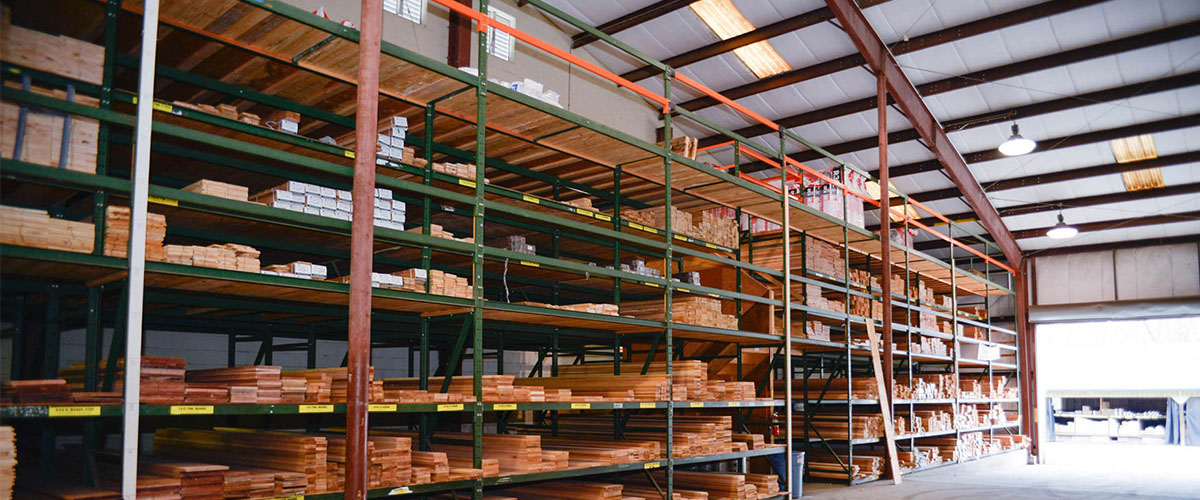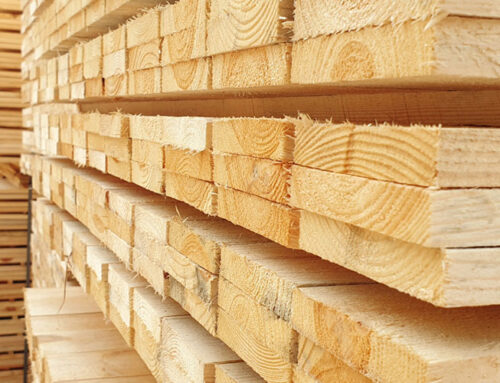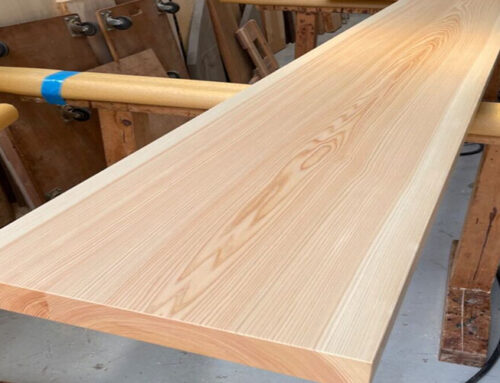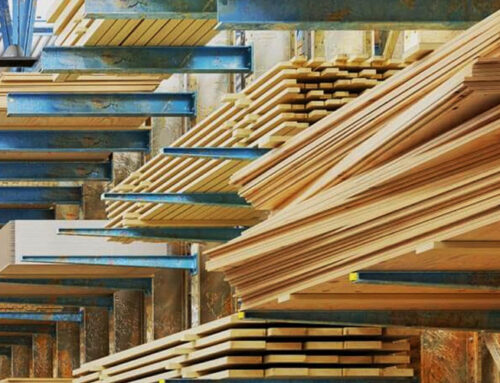Hardware Lumber | Hartville Hardware Lumber
In the world of construction and woodworking, the choice of materials plays a pivotal role in determining the longevity, strength, and aesthetic appeal of the final product. Among the myriad options available, hardware lumber stands out as a versatile and reliable choice for various applications. In this comprehensive guide, we’ll delve into the characteristics, uses, and benefits of hardware lumber, shedding light on why it has become a staple in the construction and woodworking industries.

Understanding Hardware Lumber
Hardware lumber, often referred to as dimensional lumber, is wood that has been cut and shaped to standardized dimensions. This process ensures consistency in size and facilitates easy integration into construction projects. The most common dimensions for hardware lumber include 2×4, 2×6, 4×4, and so on, with the ‘2x’ denoting the thickness and width in inches.
Characteristics of Hardware Lumber
- Strength and Durability: Hardware lumber is renowned for its exceptional strength and durability. This makes it a preferred choice for structural components in building construction, such as framing and support beams. Its ability to withstand heavy loads and resist wear and tear over time makes it an ideal material for projects that require robust and reliable construction.
- Versatility: One of the key advantages of hardware lumber is its versatility. It can be used for a wide range of applications, including framing, decking, fencing, and more. Its adaptability to different projects makes it a go-to material for builders and craftsmen alike.
- Ease of Handling and Installation: The standardized dimensions of hardware lumber simplify the construction process. Builders appreciate its ease of handling, cutting, and installation, which contributes to the overall efficiency of a project. This characteristic is particularly important in large-scale construction projects where time and labor are crucial factors.
- Sustainability: Many hardware lumber options come from sustainable sources, adhering to responsible forestry practices. Builders and consumers increasingly prioritize eco-friendly materials, and hardware lumber’s commitment to sustainability aligns with these values.
Uses of Hardware Lumber
- Framing: Hardware lumber is a primary choice for framing in residential and commercial construction. Its strength and dimensional stability provide a solid foundation for the entire structure.
- Decking: The durability of hardware lumber makes it an excellent choice for outdoor decking. It can withstand exposure to the elements, ensuring a long-lasting and aesthetically pleasing deck.
- Fencing: The versatility of hardware lumber extends to fencing applications. Whether for privacy or decorative purposes, it serves as a sturdy material for constructing fences that can endure varying weather conditions.
- Interior Finishing: Hardware lumber is also commonly used for interior finishing, such as creating moldings, trim, and other decorative elements. Its uniform dimensions contribute to a polished and cohesive look in interior spaces.
Conclusion
Hardware lumber’s combination of strength, versatility, and sustainability has solidified its place as a cornerstone material in construction and woodworking. Whether you’re building a new home, renovating an existing space, or crafting custom furniture, hardware lumber offers a reliable and durable solution. Consider its benefits and characteristics when planning your next project, and experience firsthand the strength and beauty that hardware lumber brings to the world of construction and design.






Leave A Comment